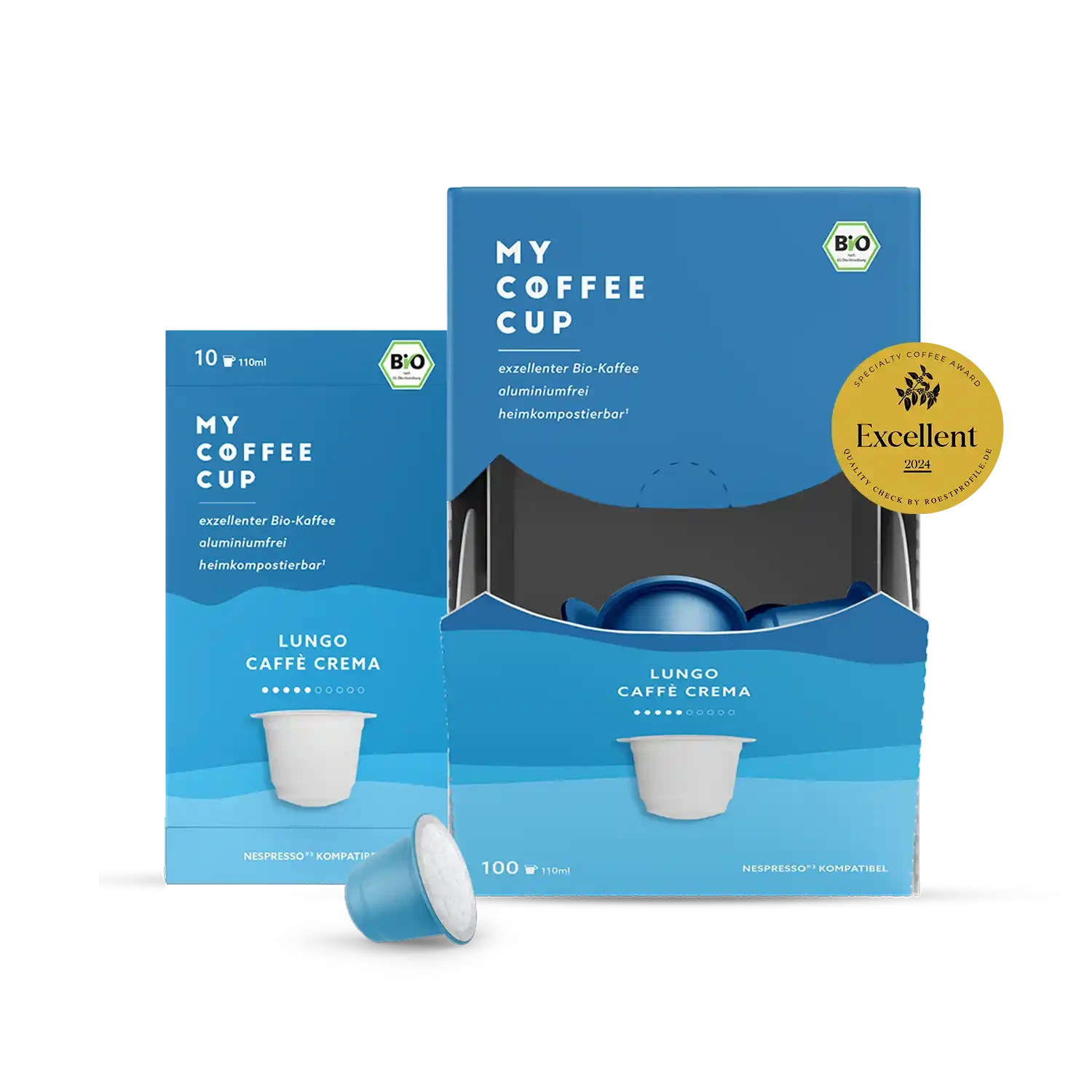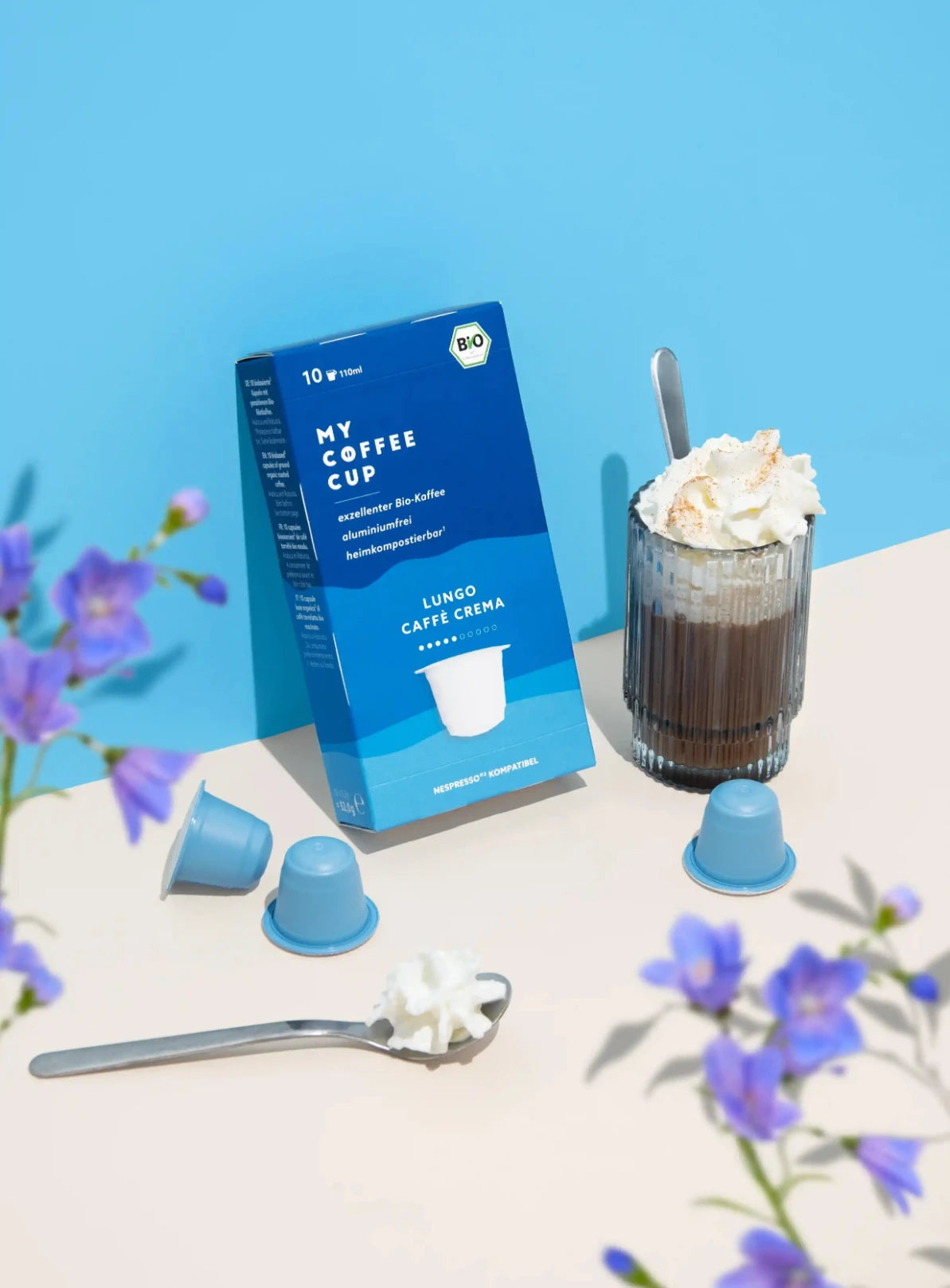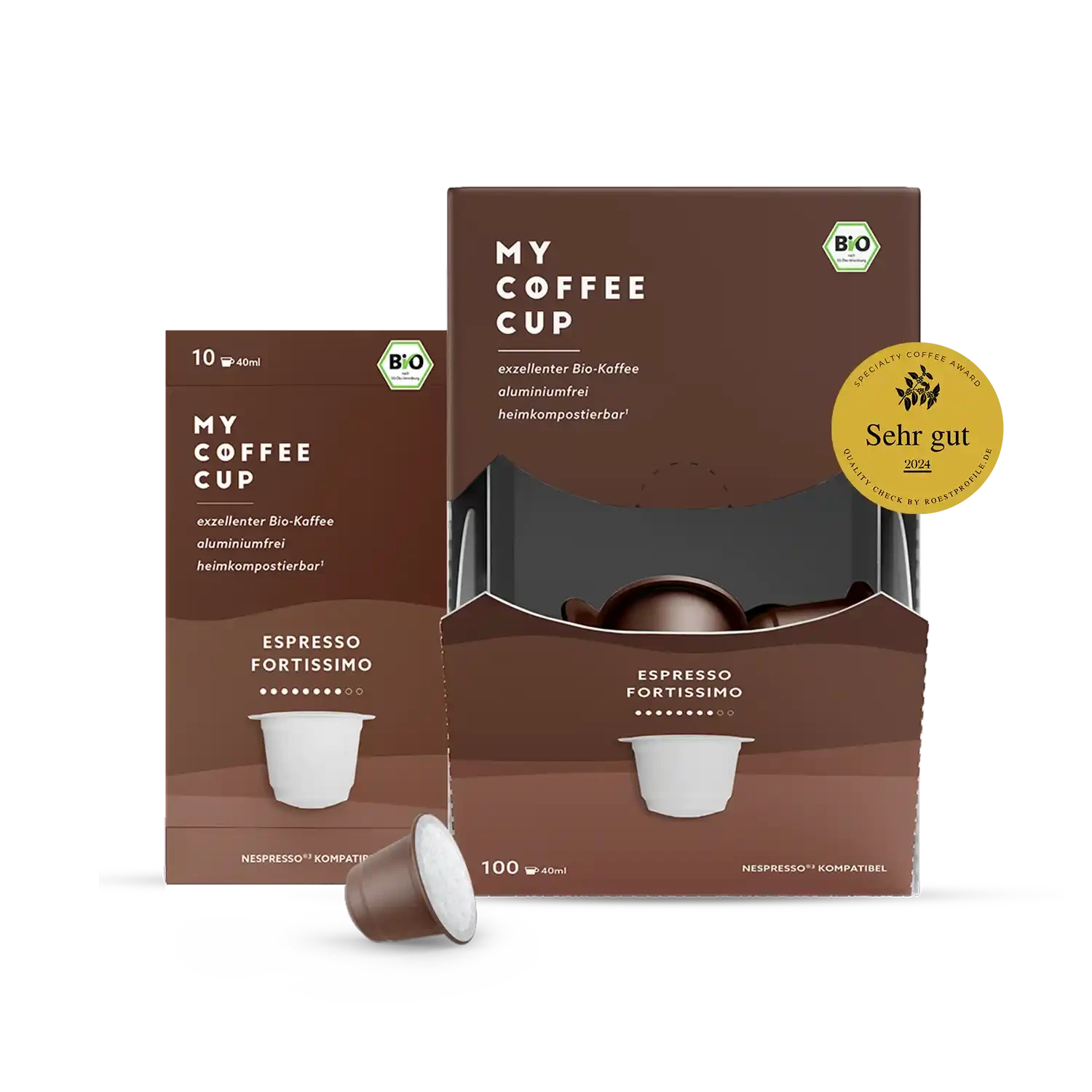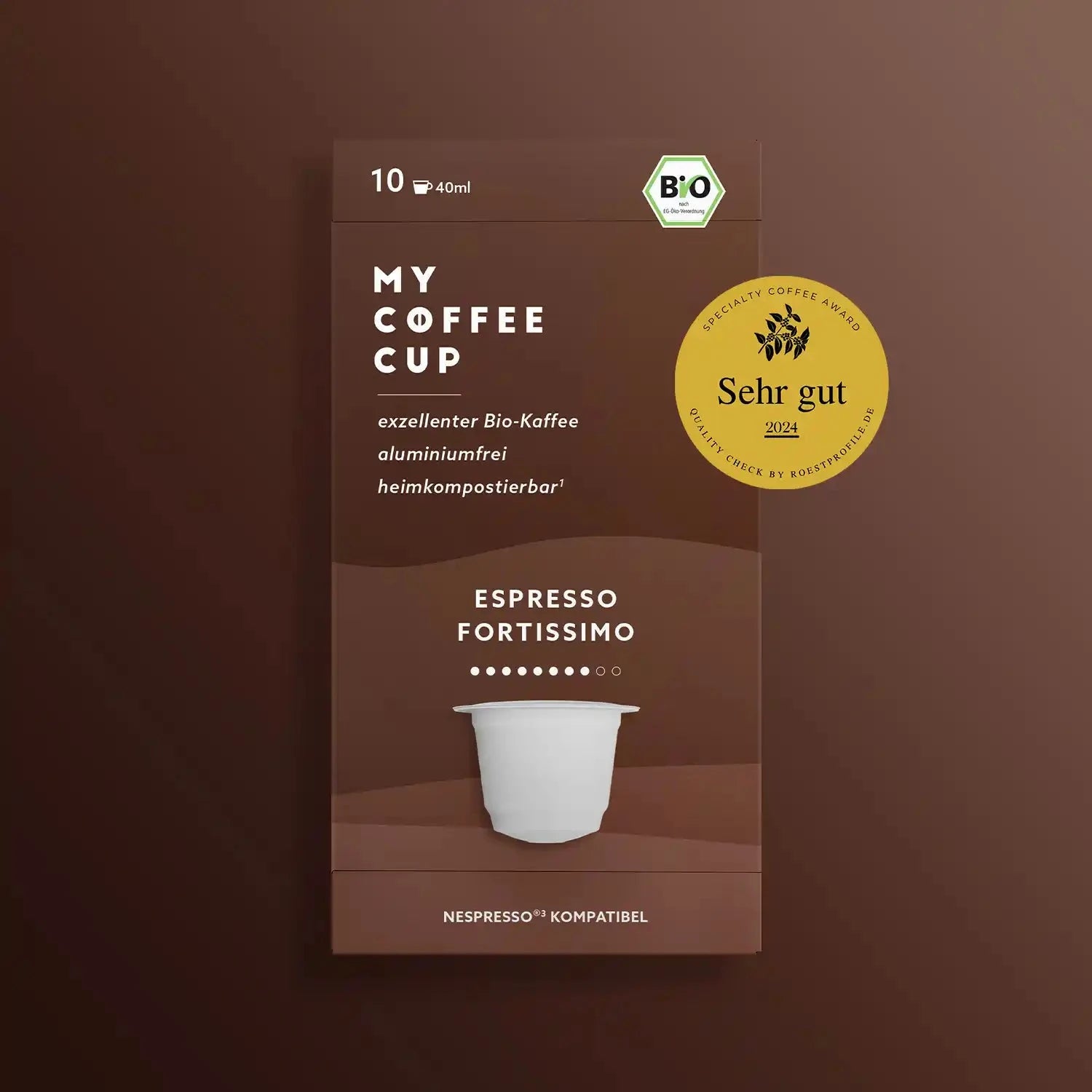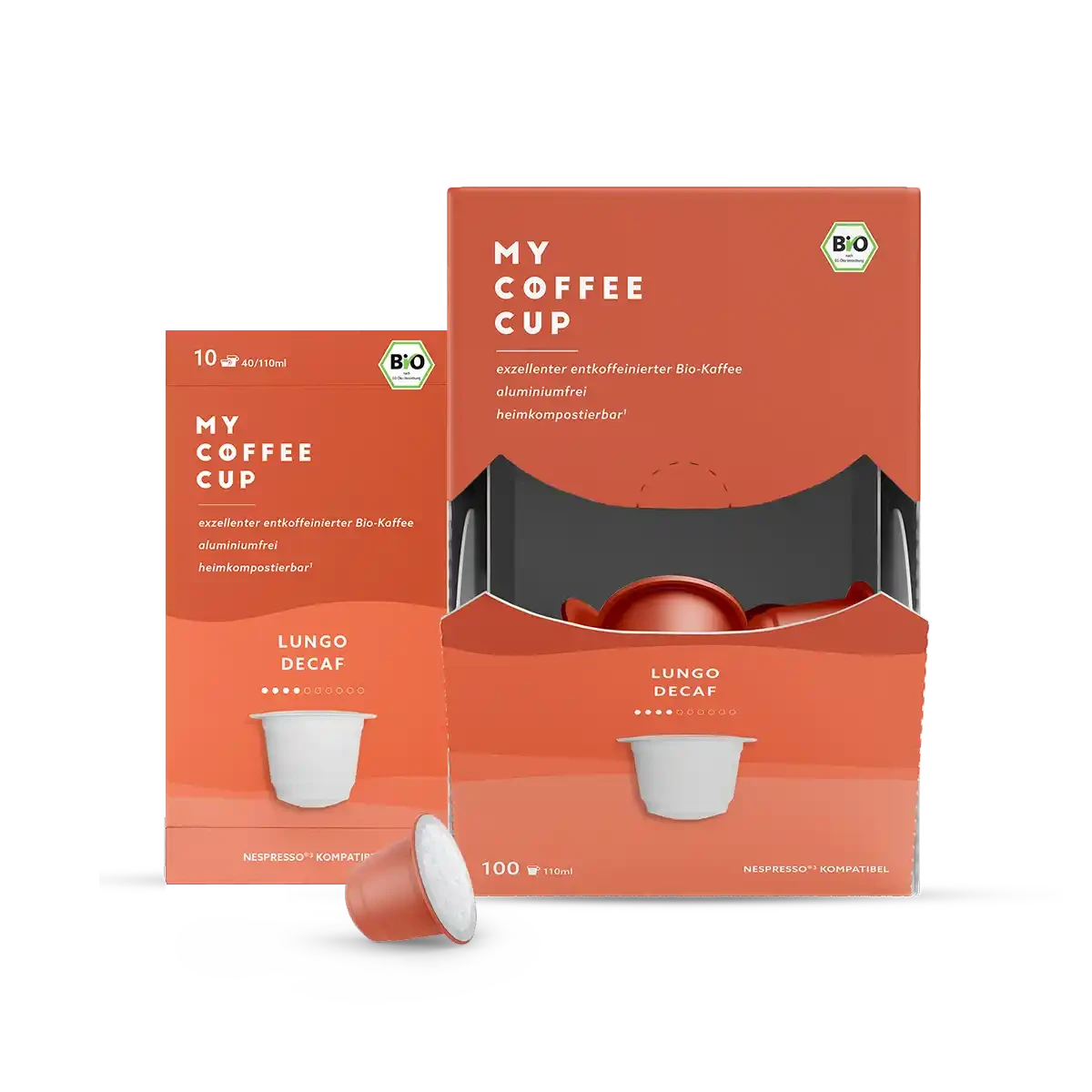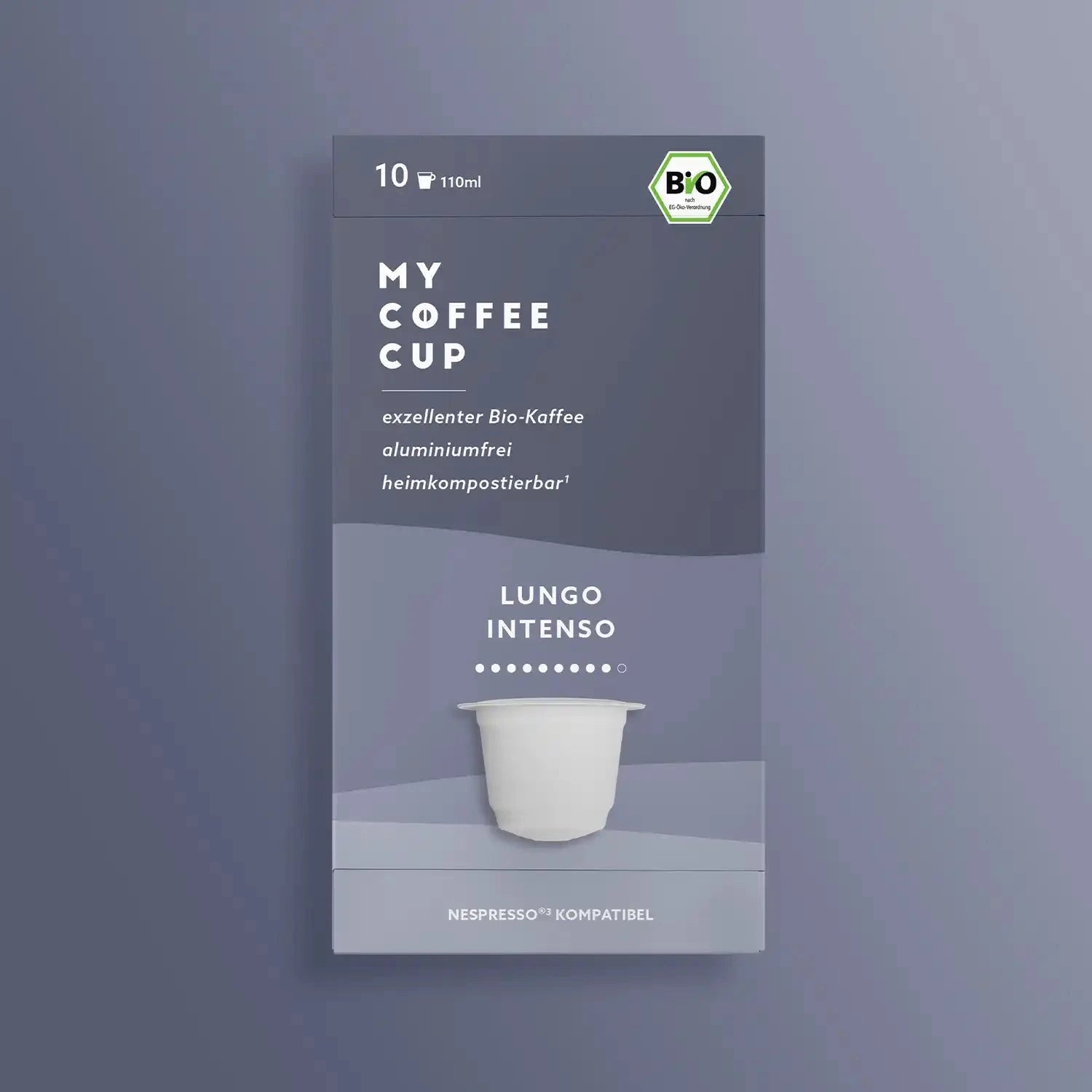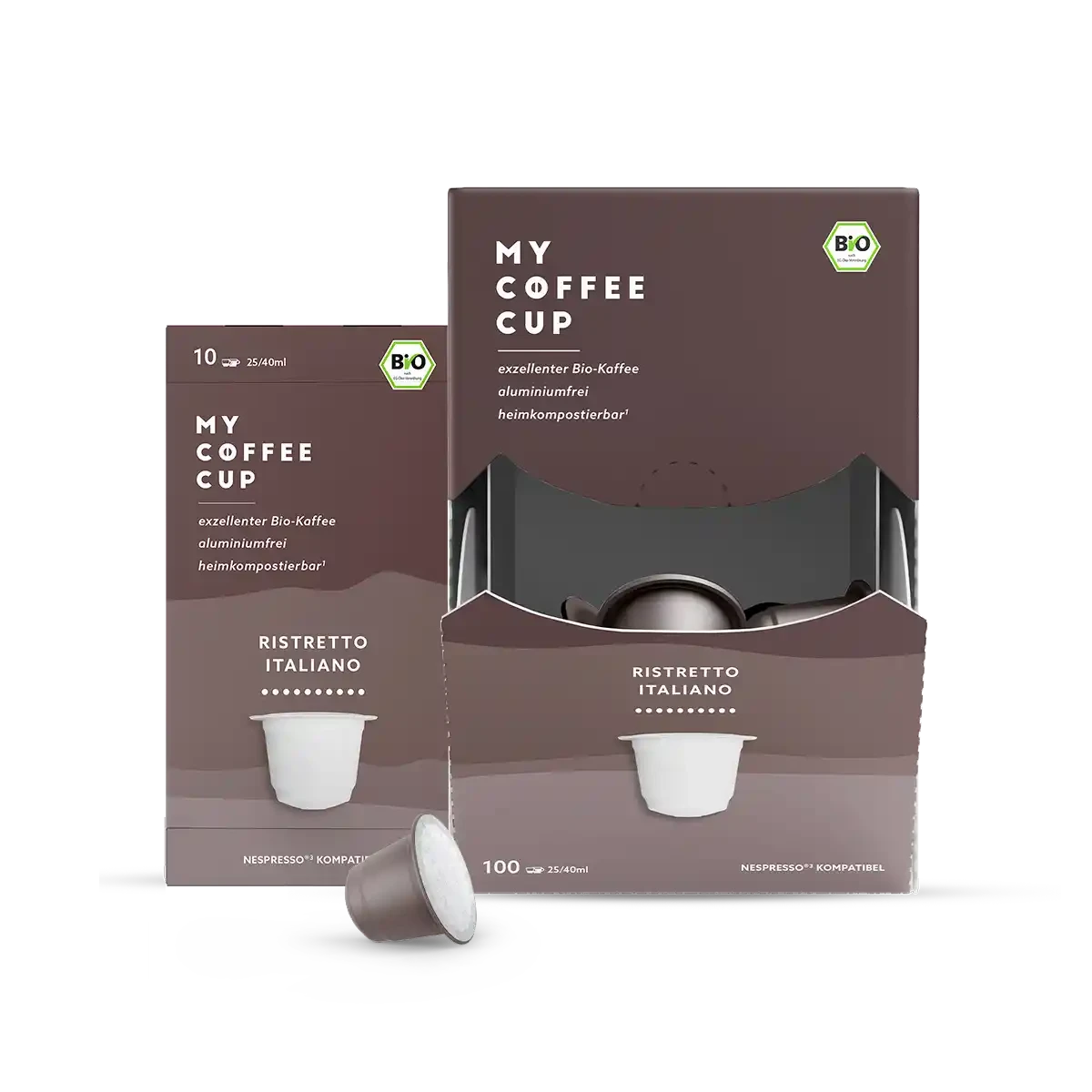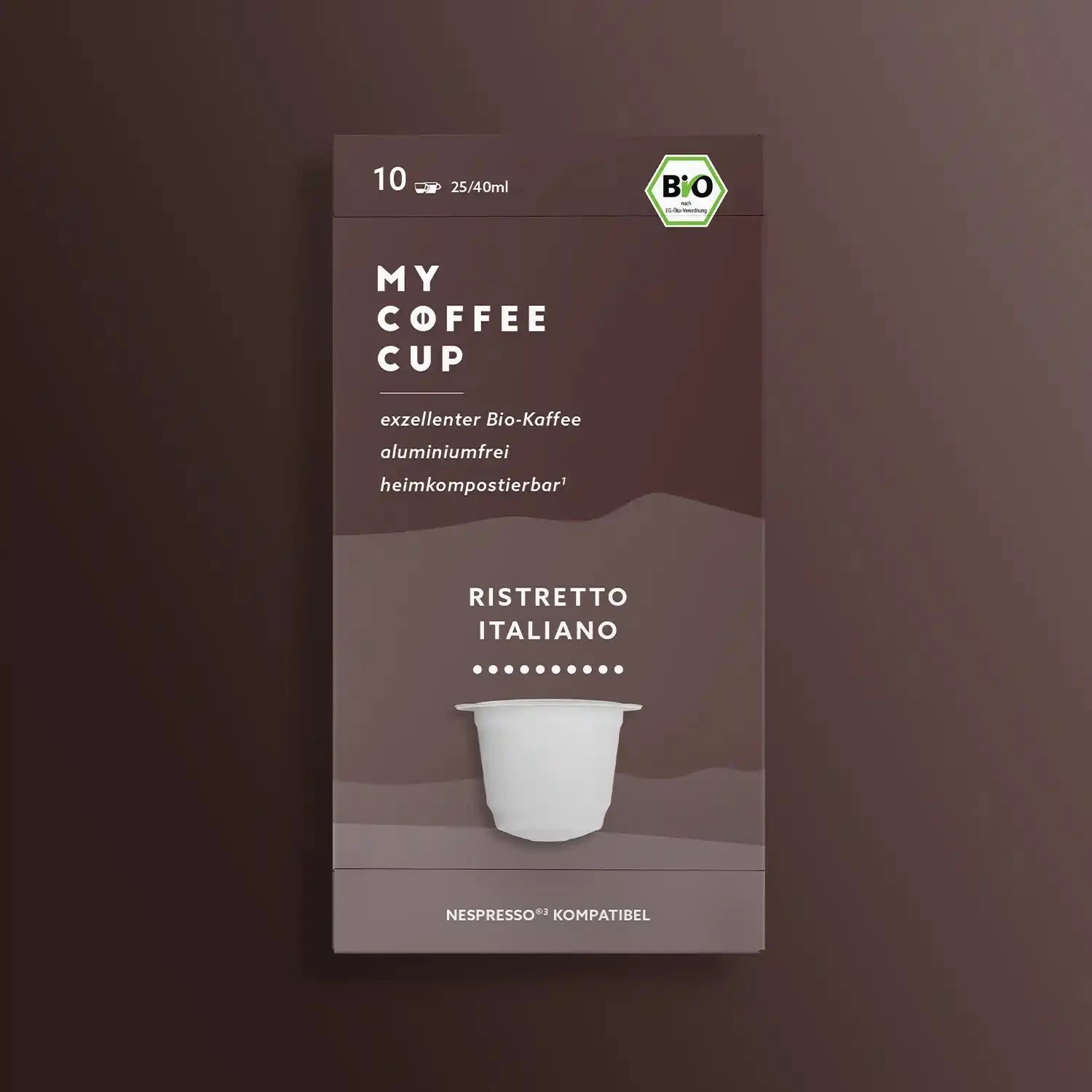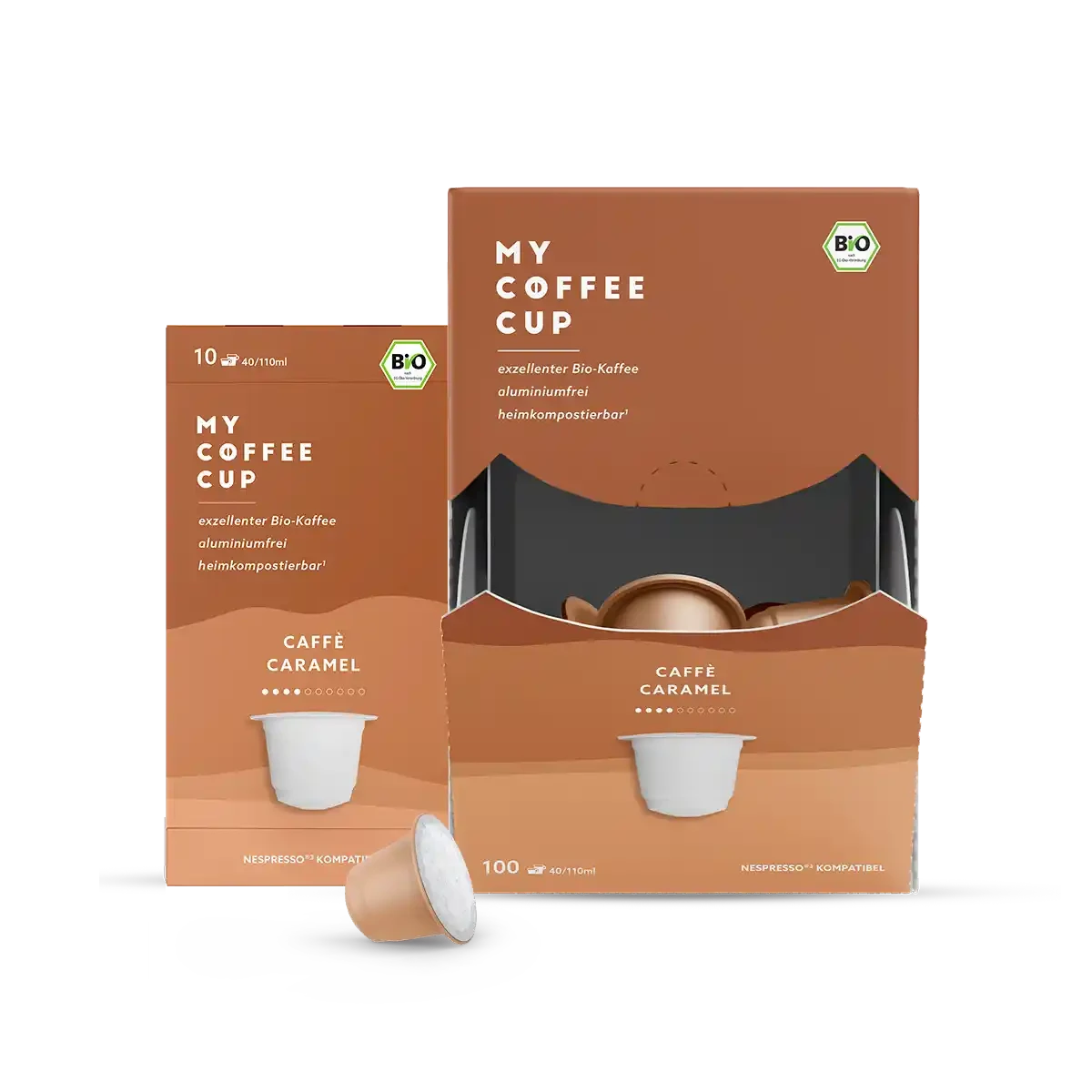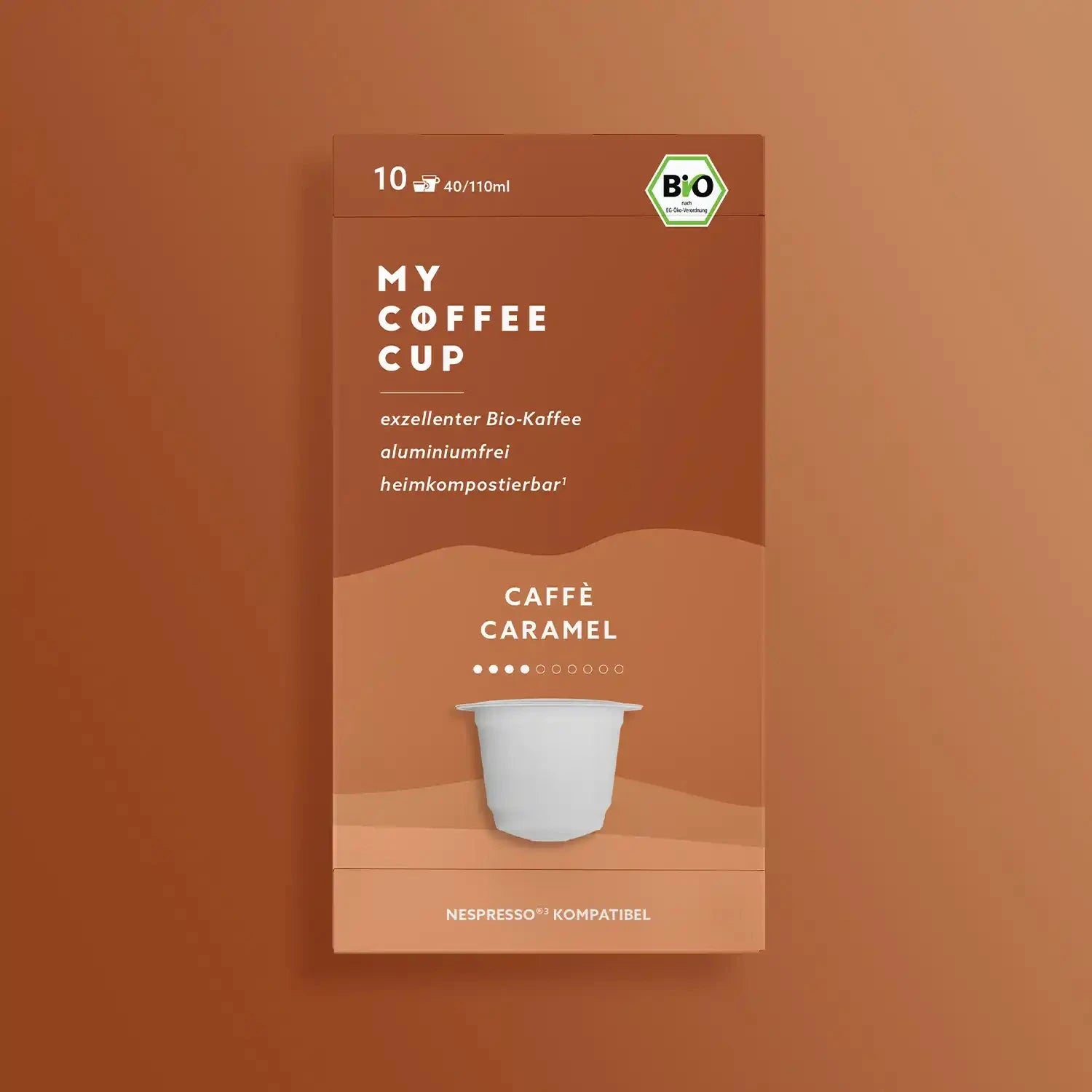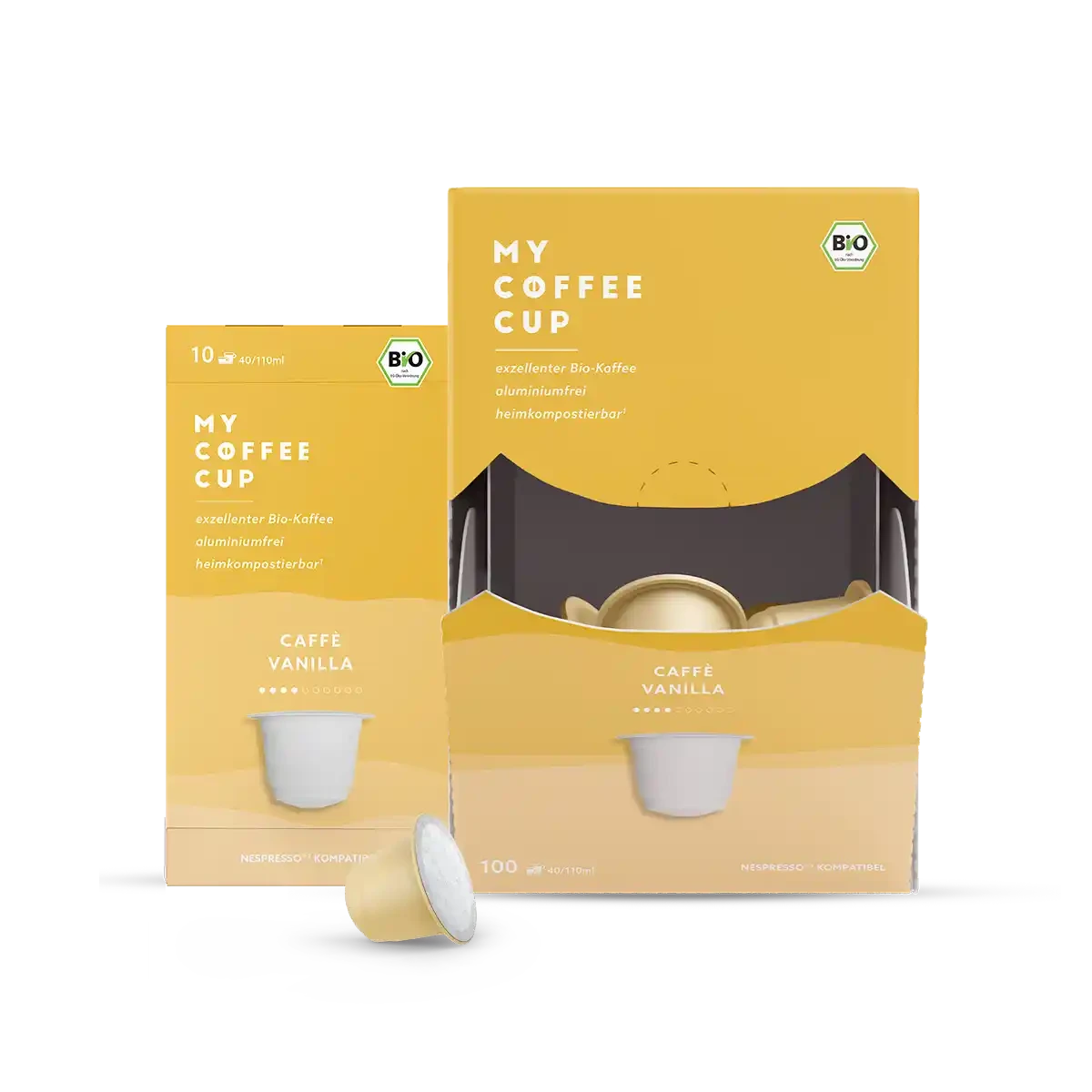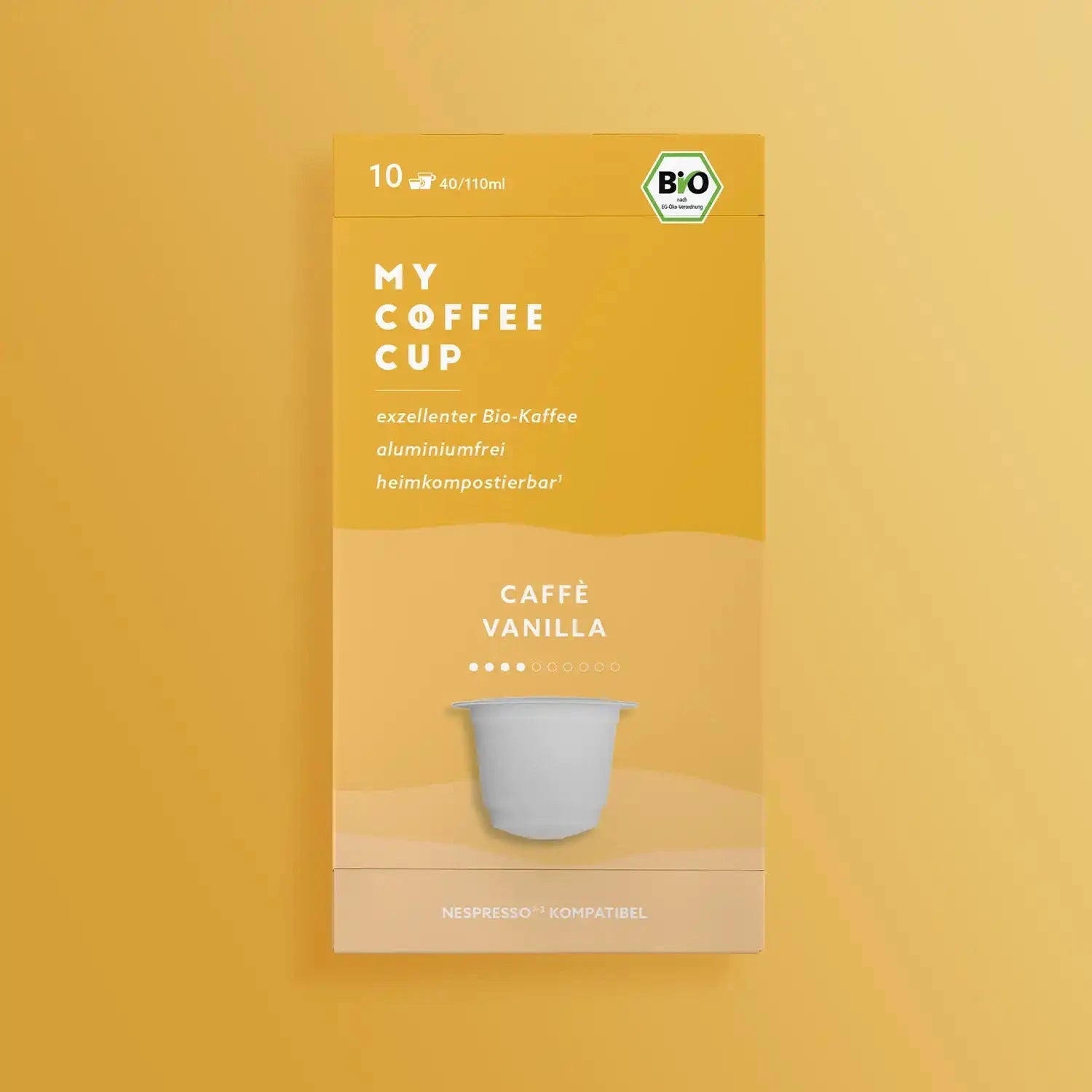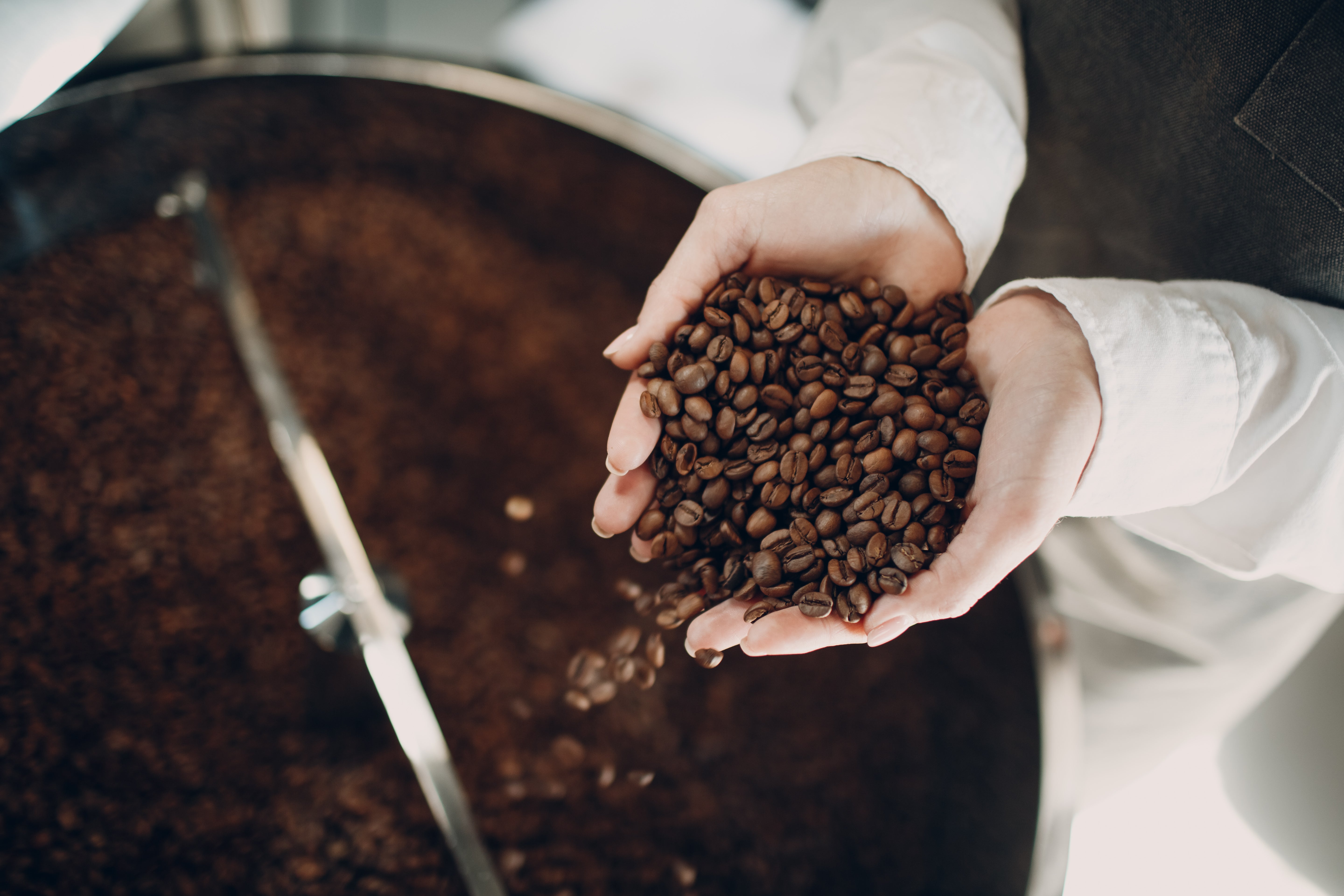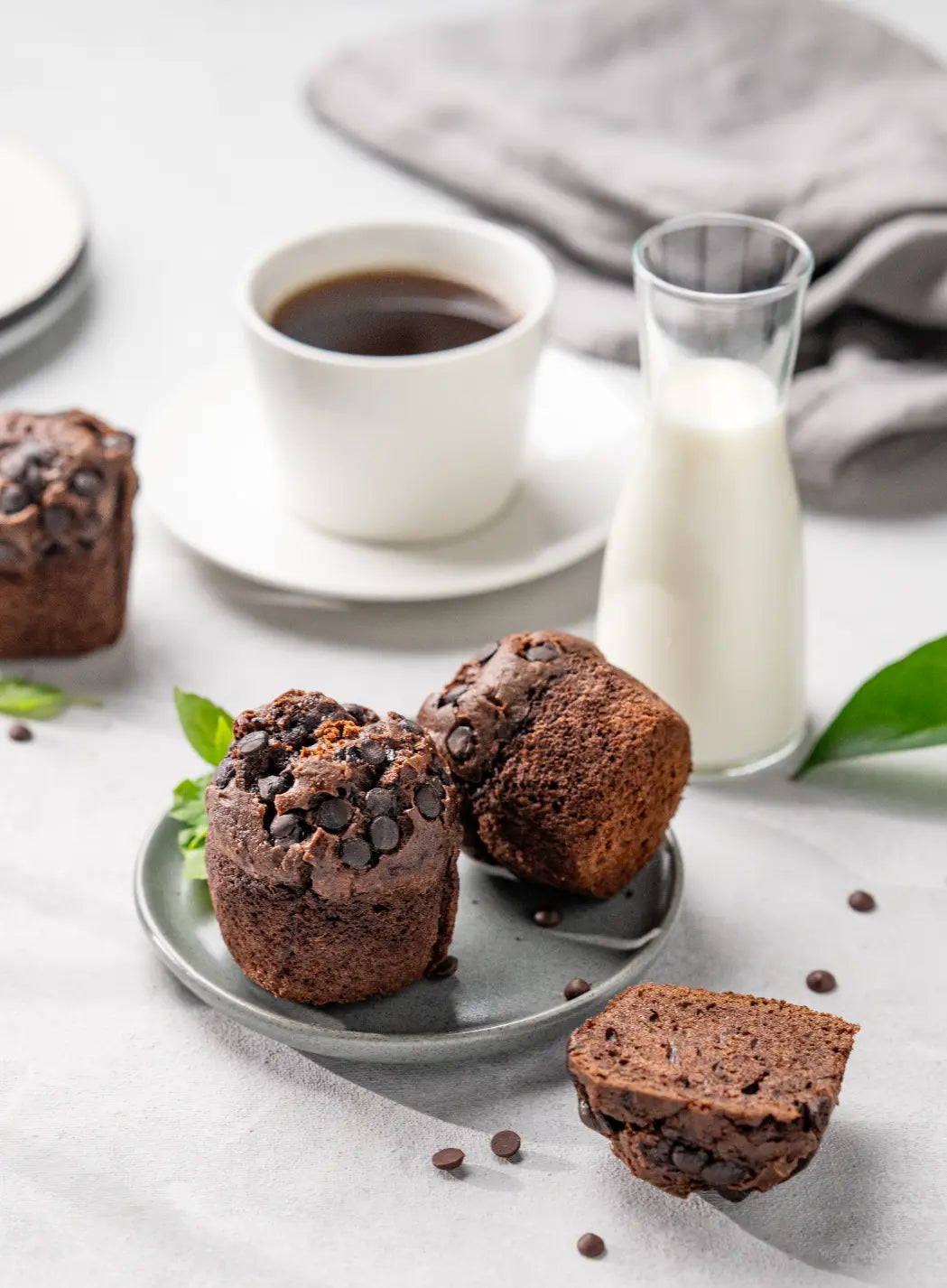You've probably come across the terms single origin or blend when looking for the perfect coffee. The latest trend can now be found in every roastery and even Starbucks hasn't missed out: single origin coffees. But what does that actually mean? We'll explain what the hype is all about.
Nowadays, coffee is no longer just a way to wake up - a real craze for the perfect coffee has broken out. Manufacturers are competing to see who offers the gentlest roasting, who produces in the most environmentally friendly way and who has discovered the best growing area for their beans. The latest trend, "Single Origin", is about coffees that come from just one growing area. They promise more traceability and exclusivity than their competitors, the blends.

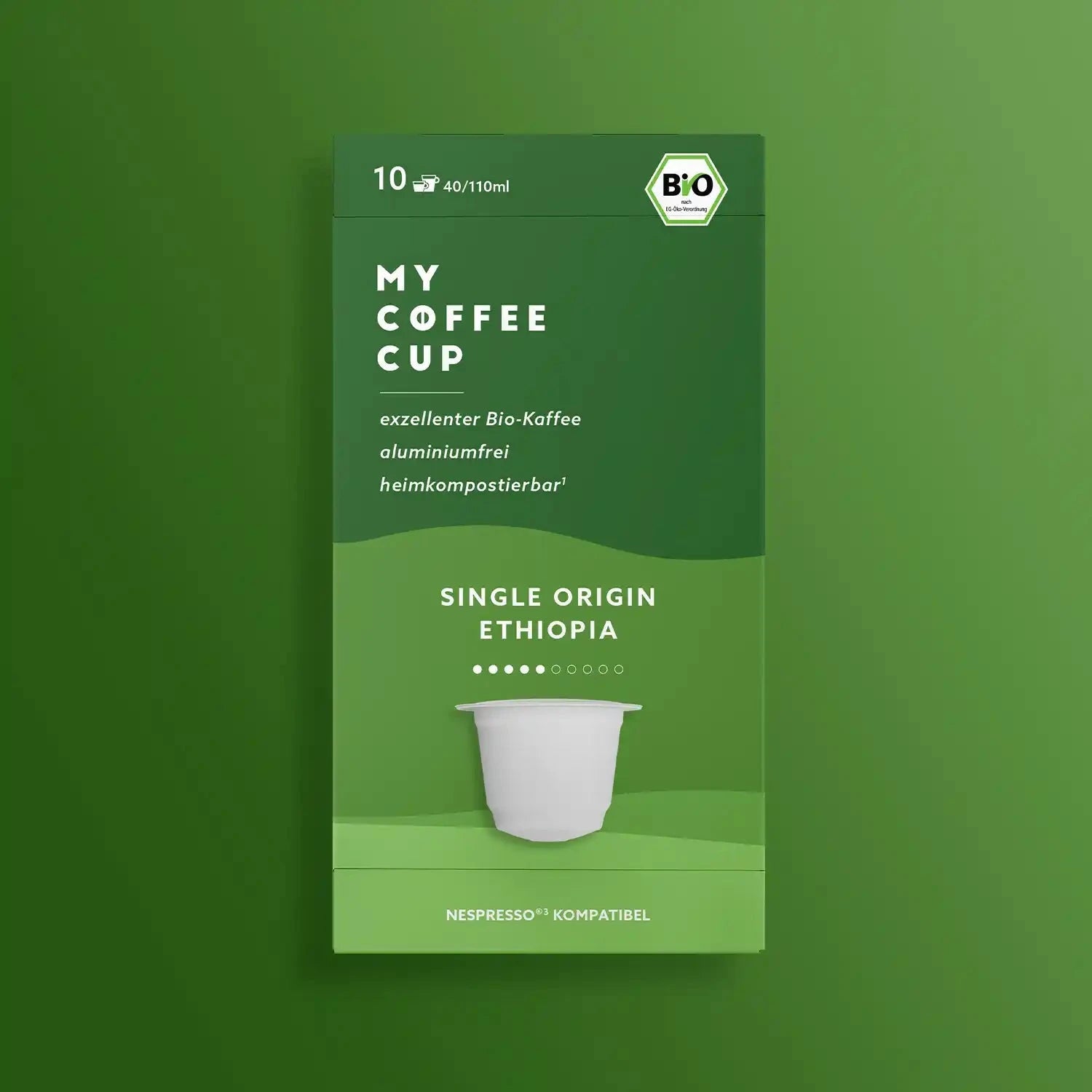
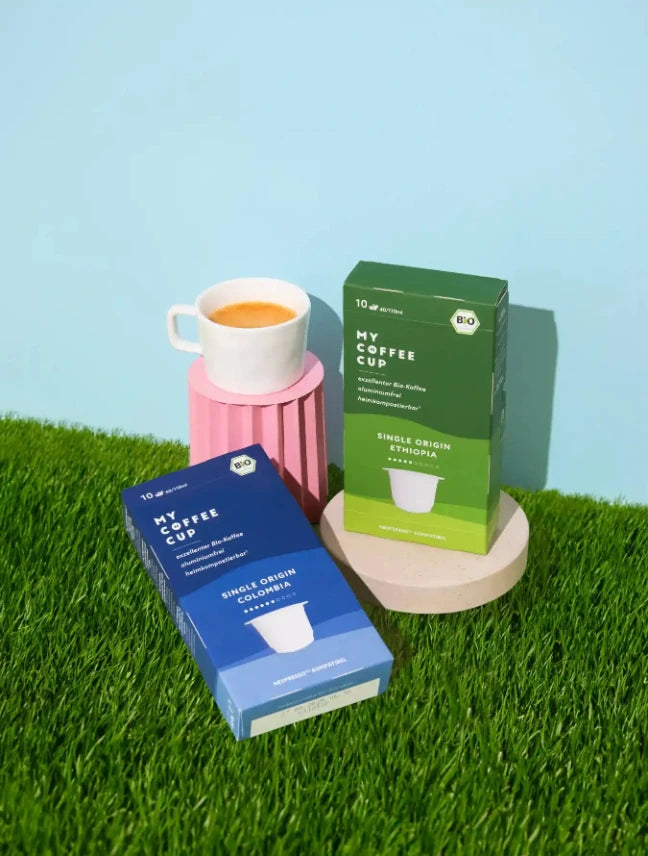
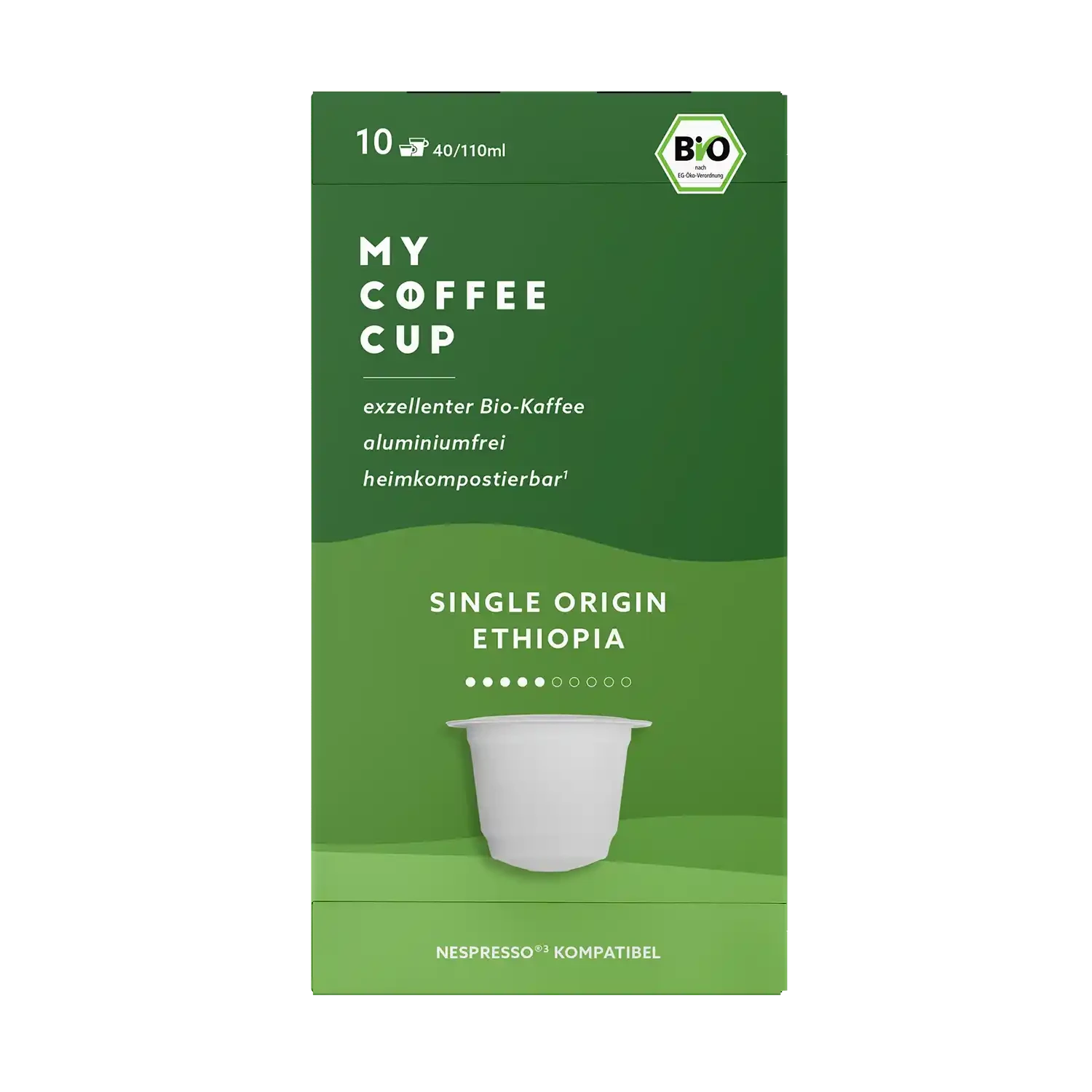
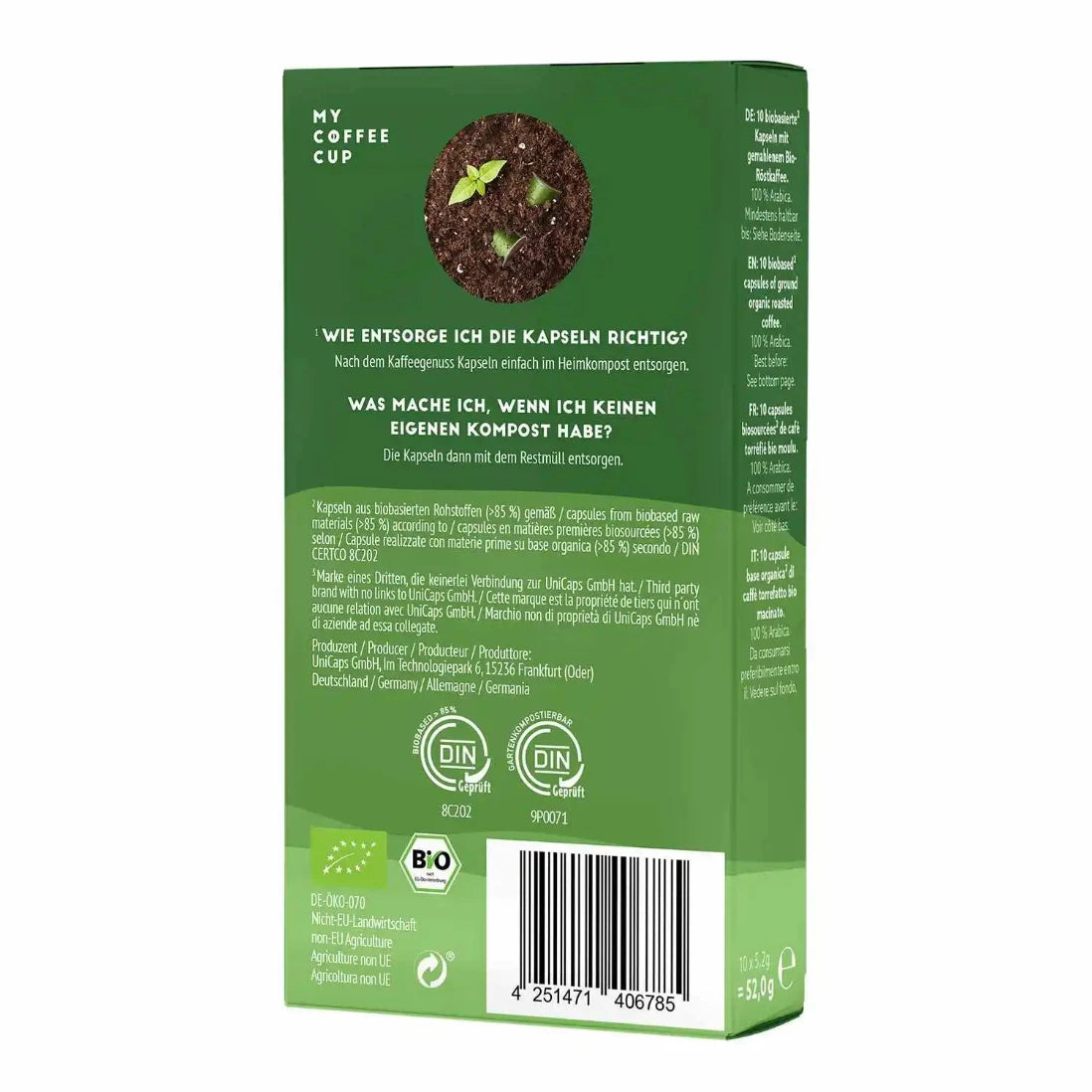

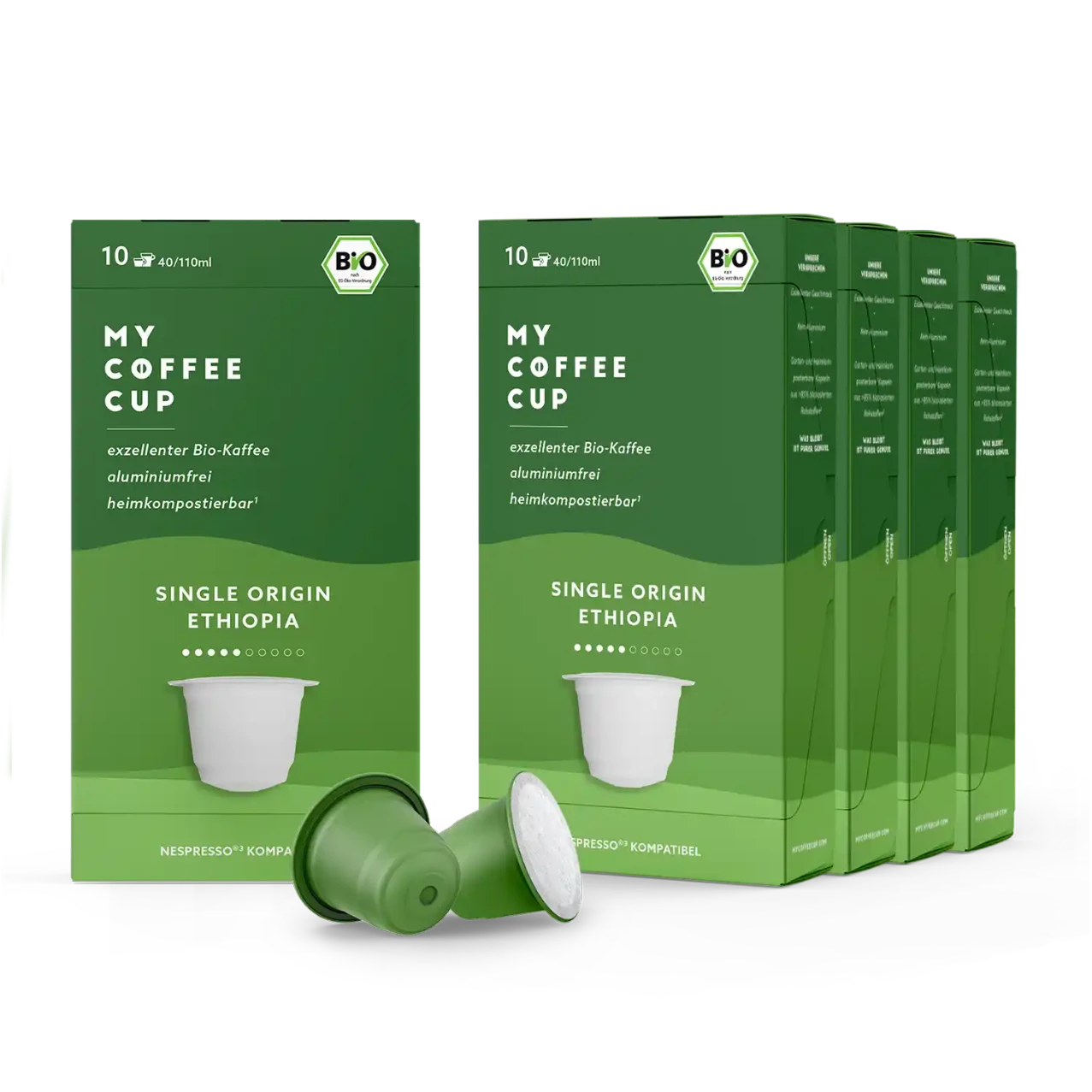

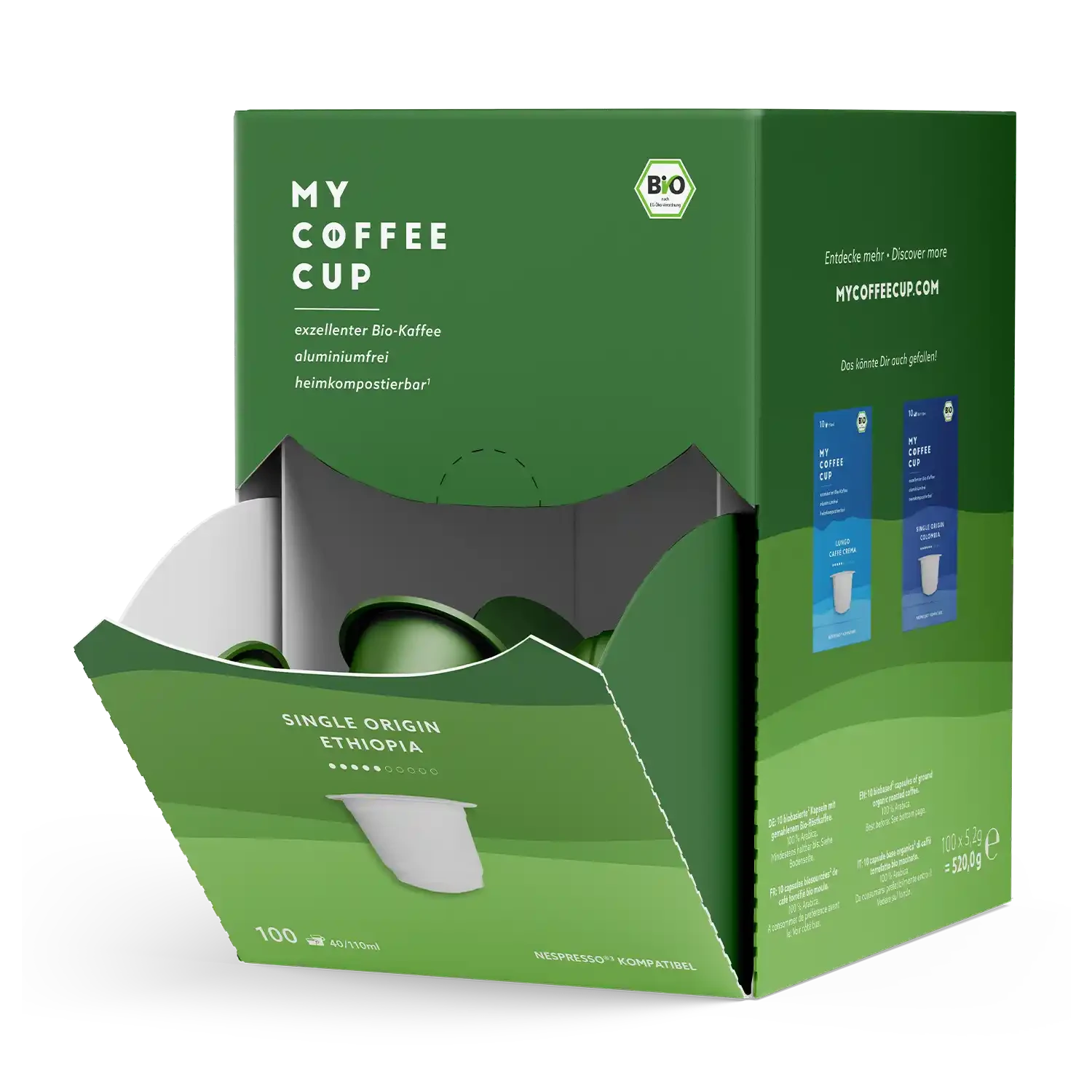
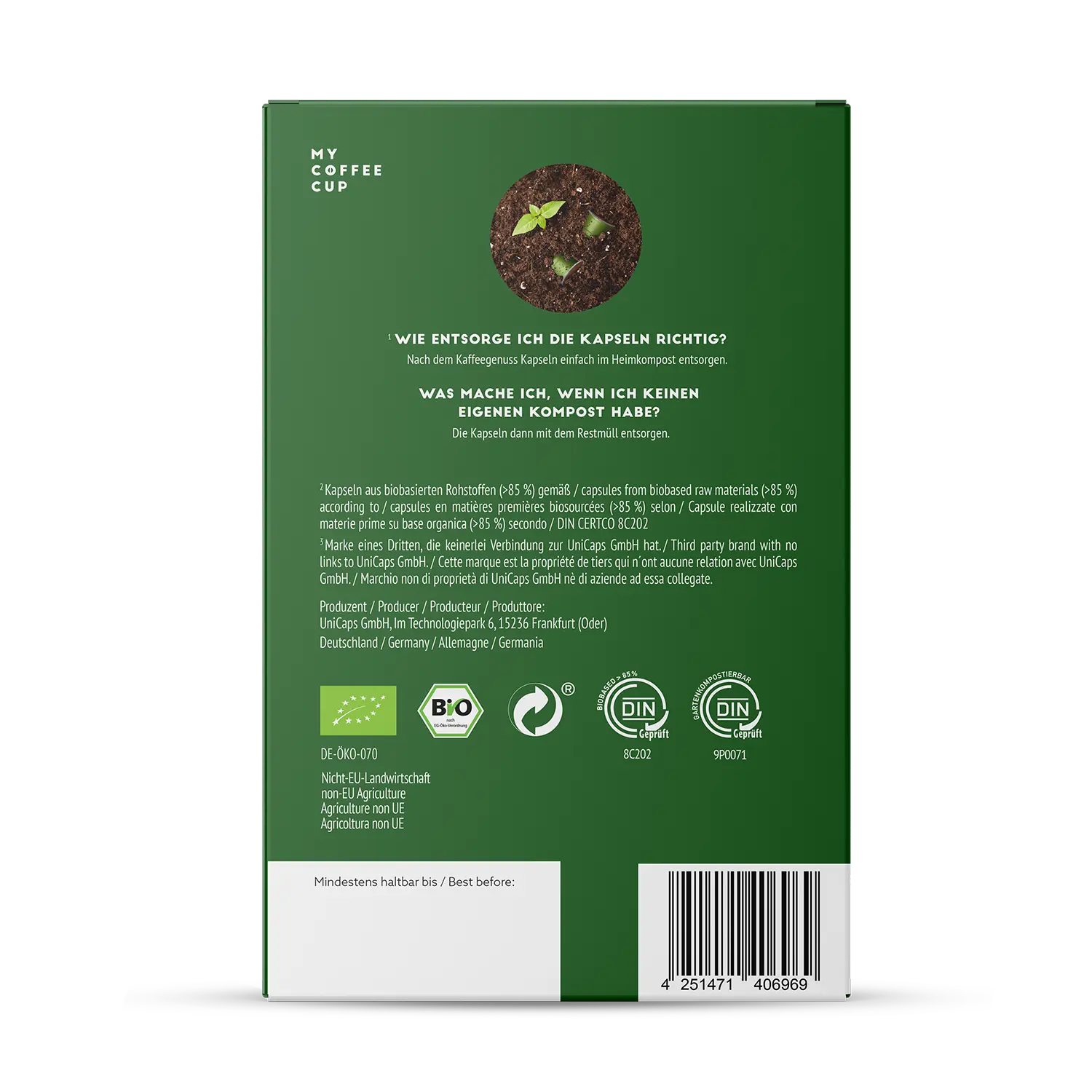
Single Origin
An origin
- Best beans from one region
- Exceptional flavor nuances
- Annual variations in taste
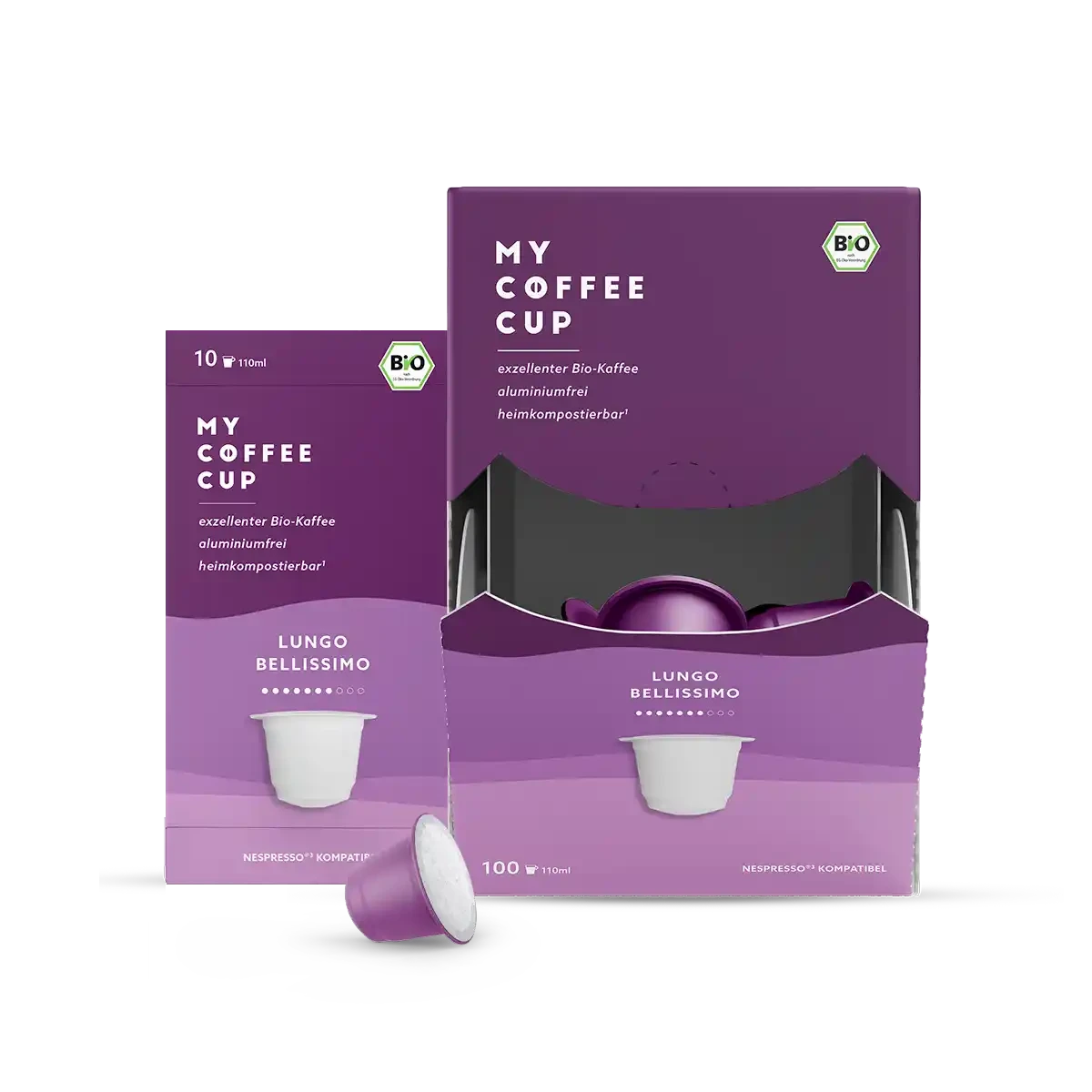
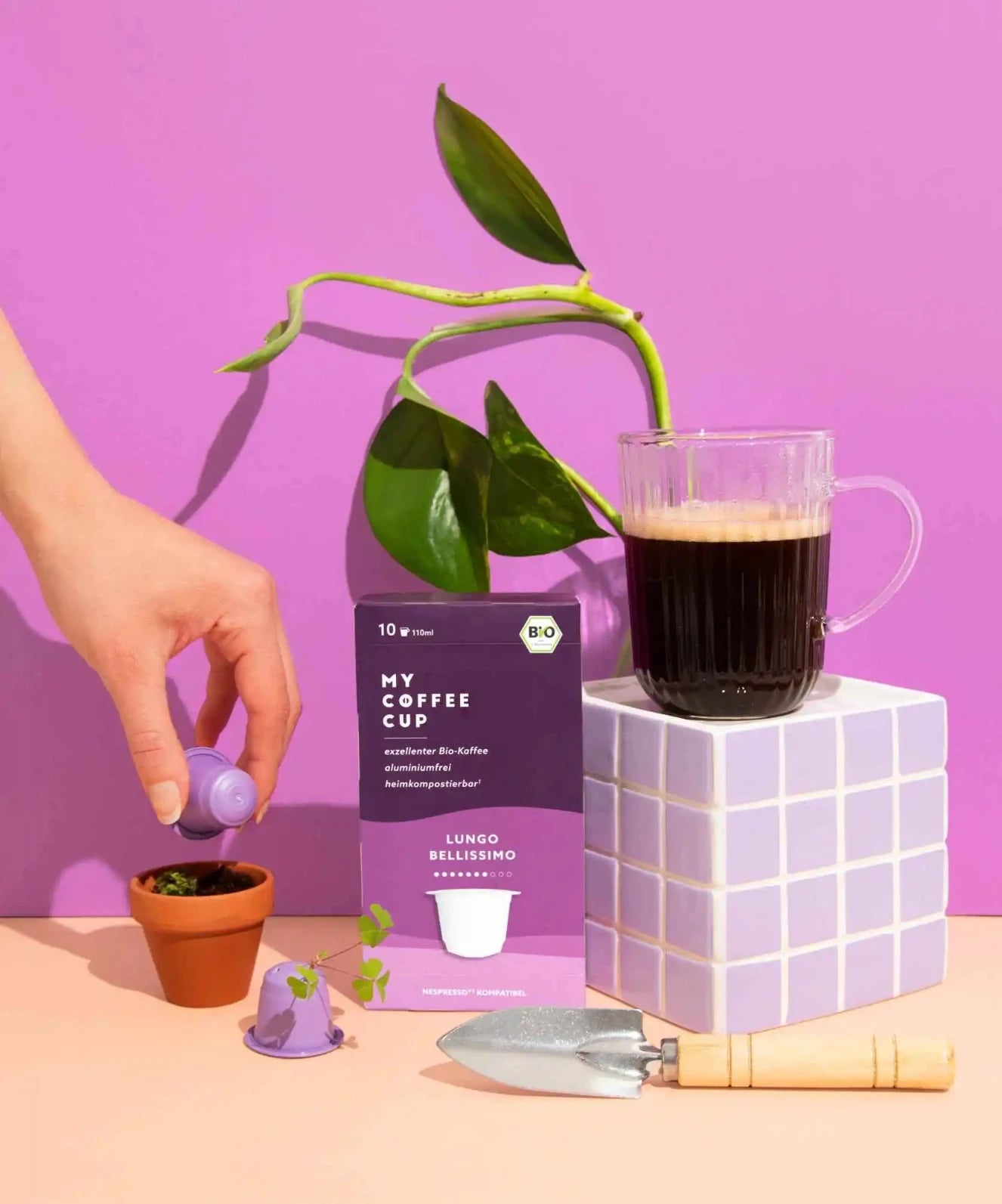


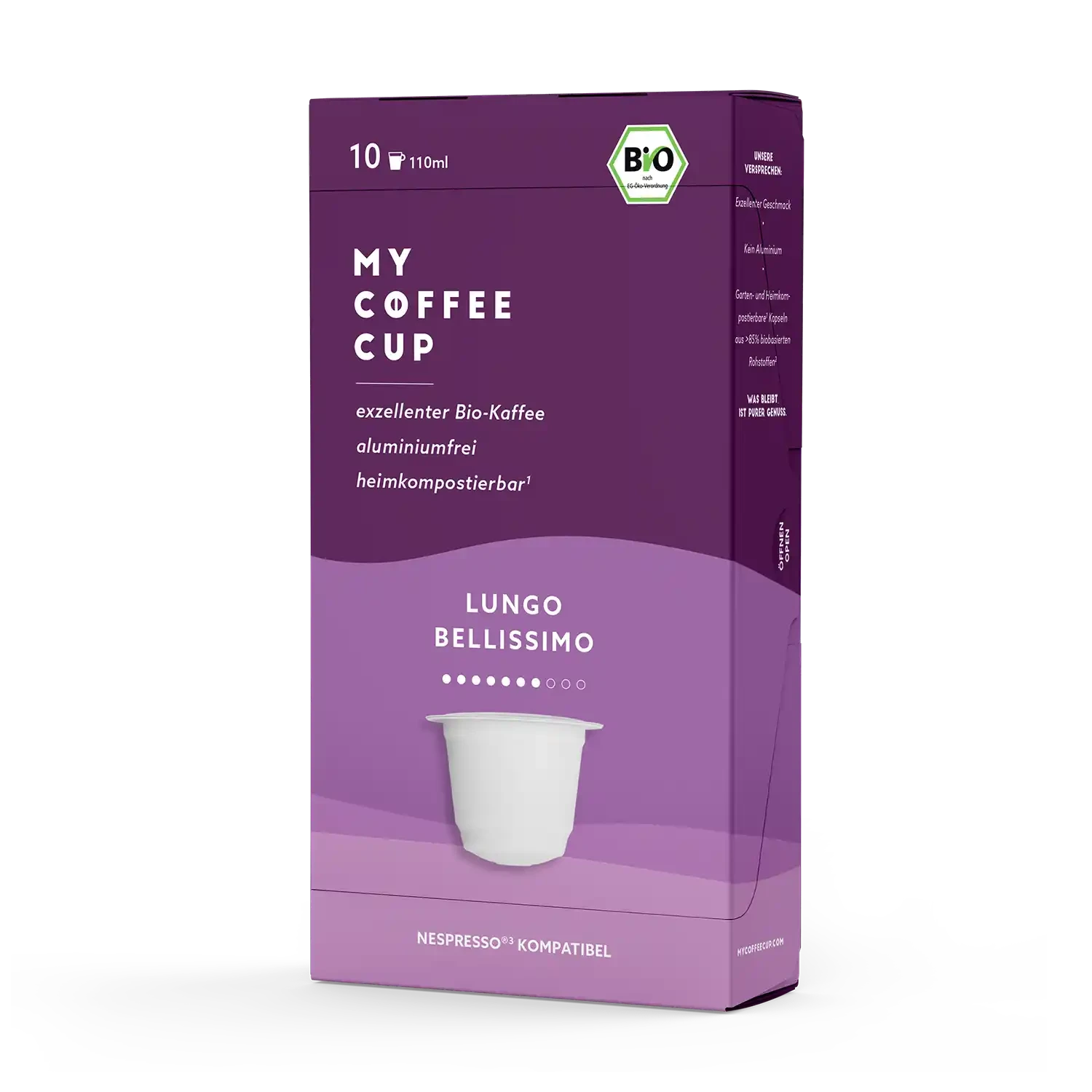
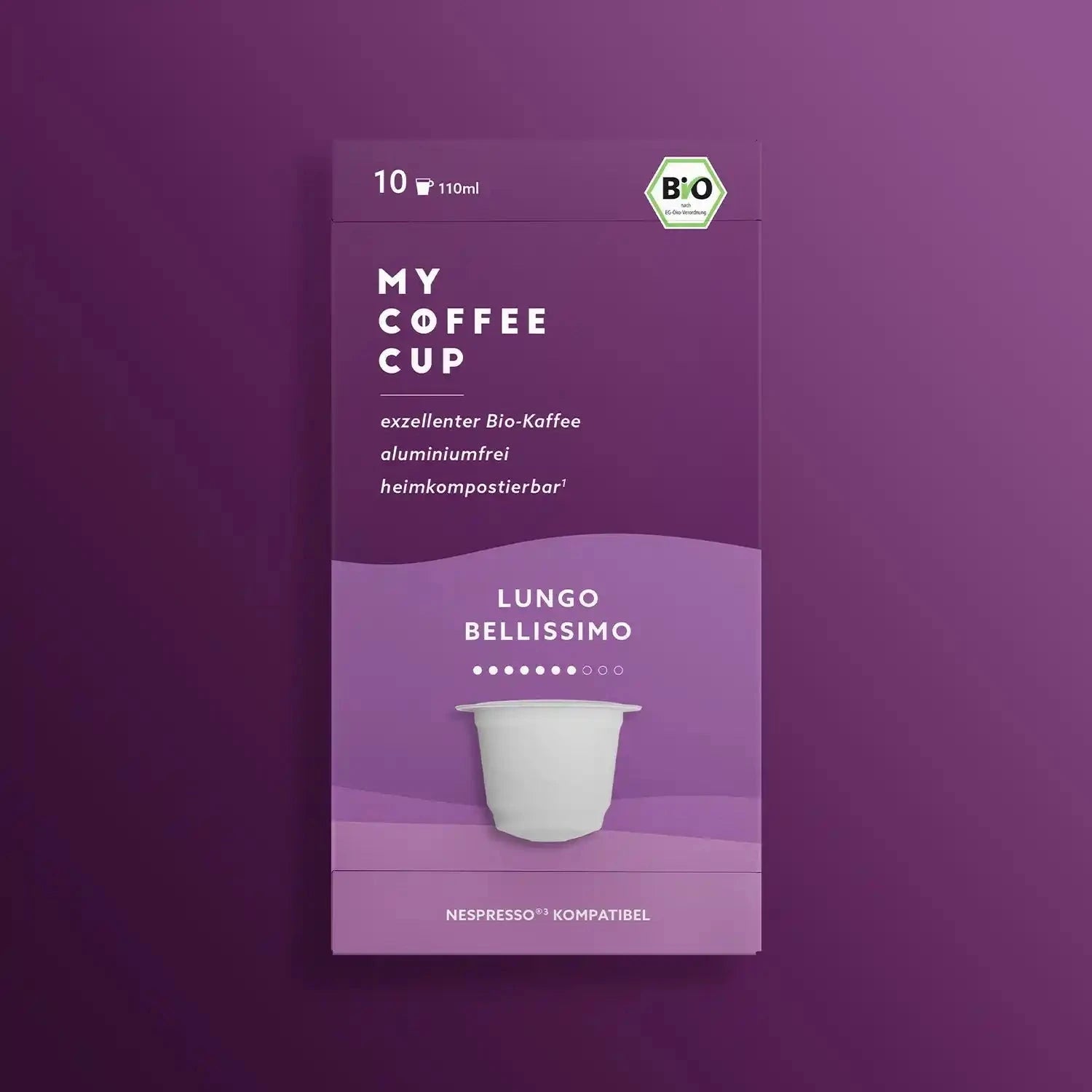
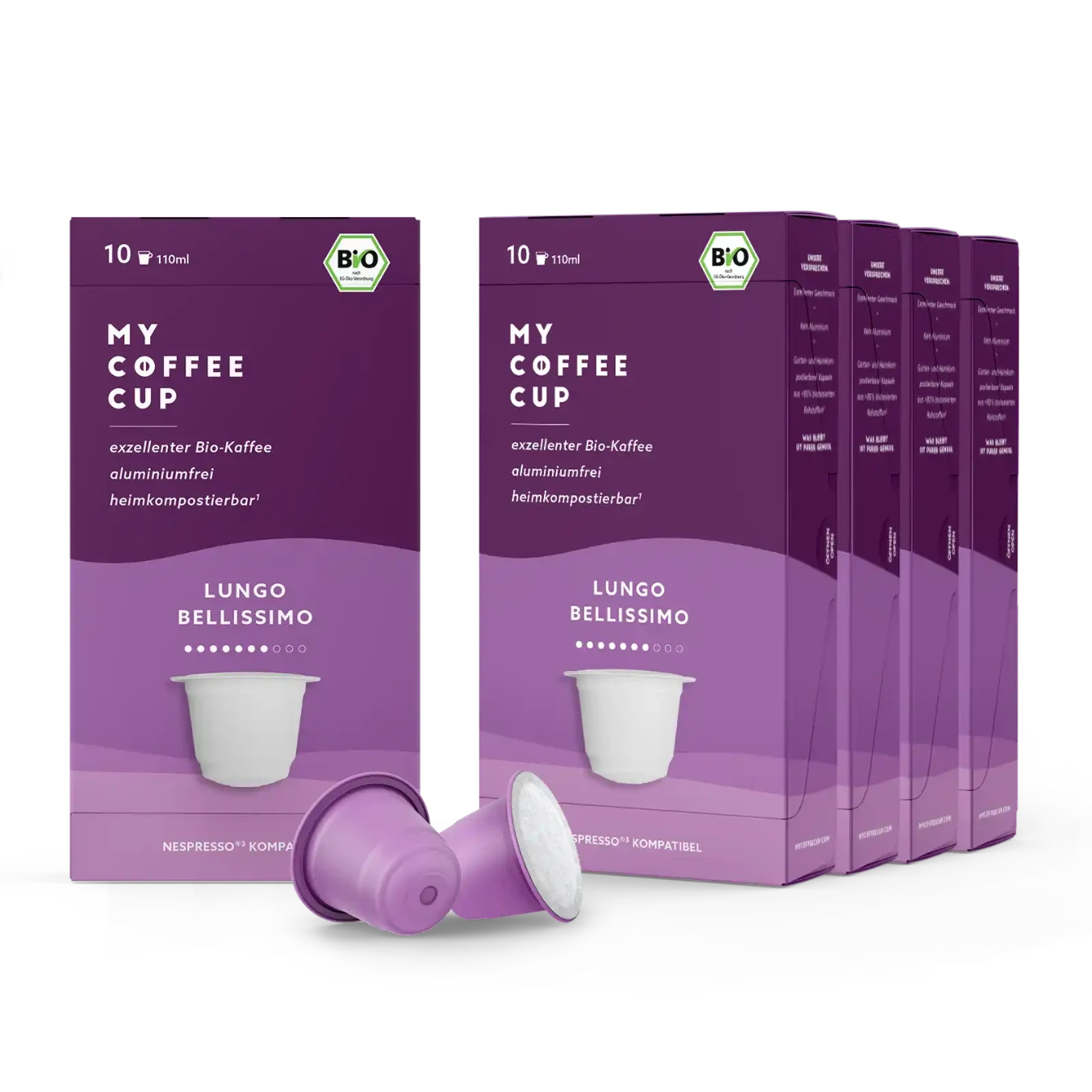
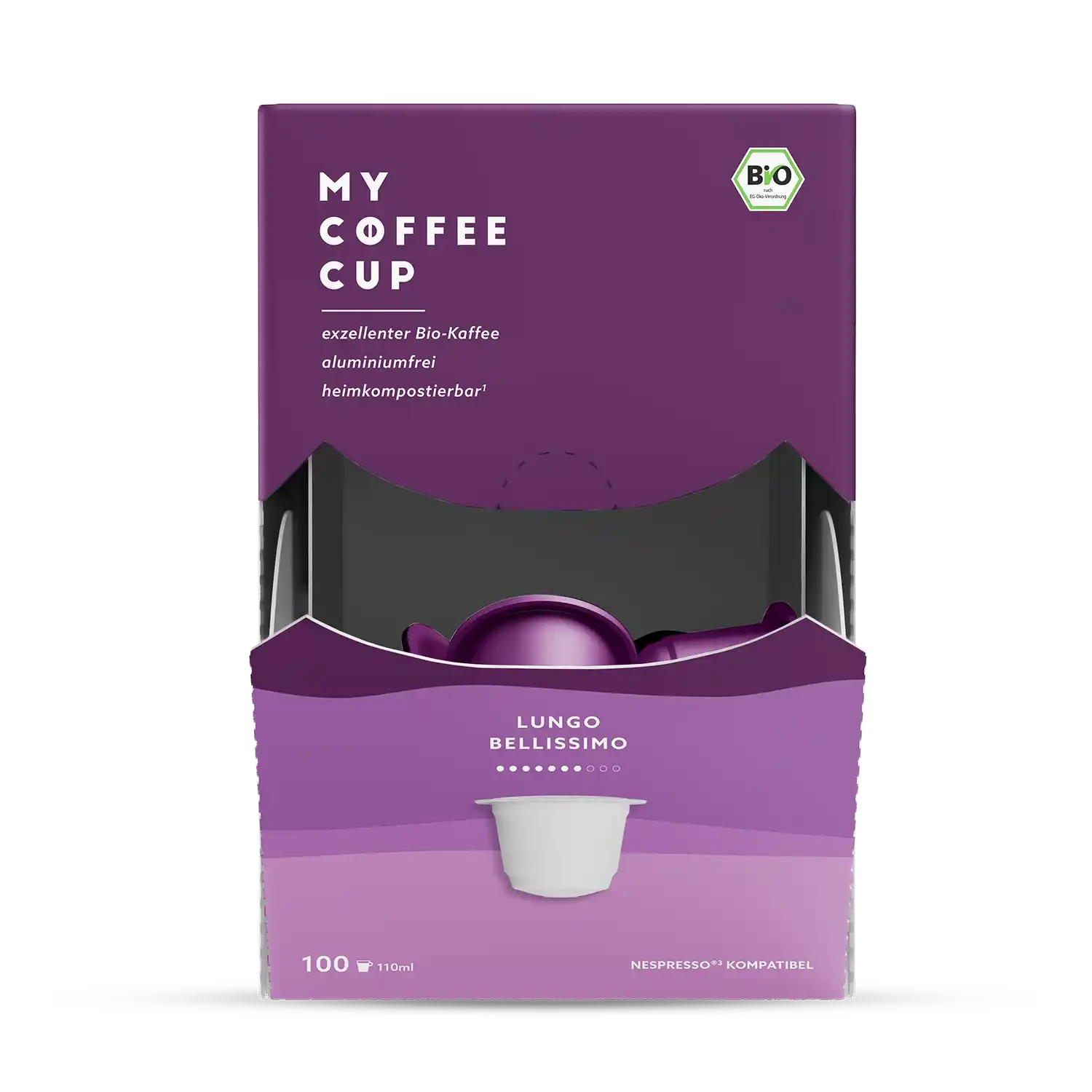

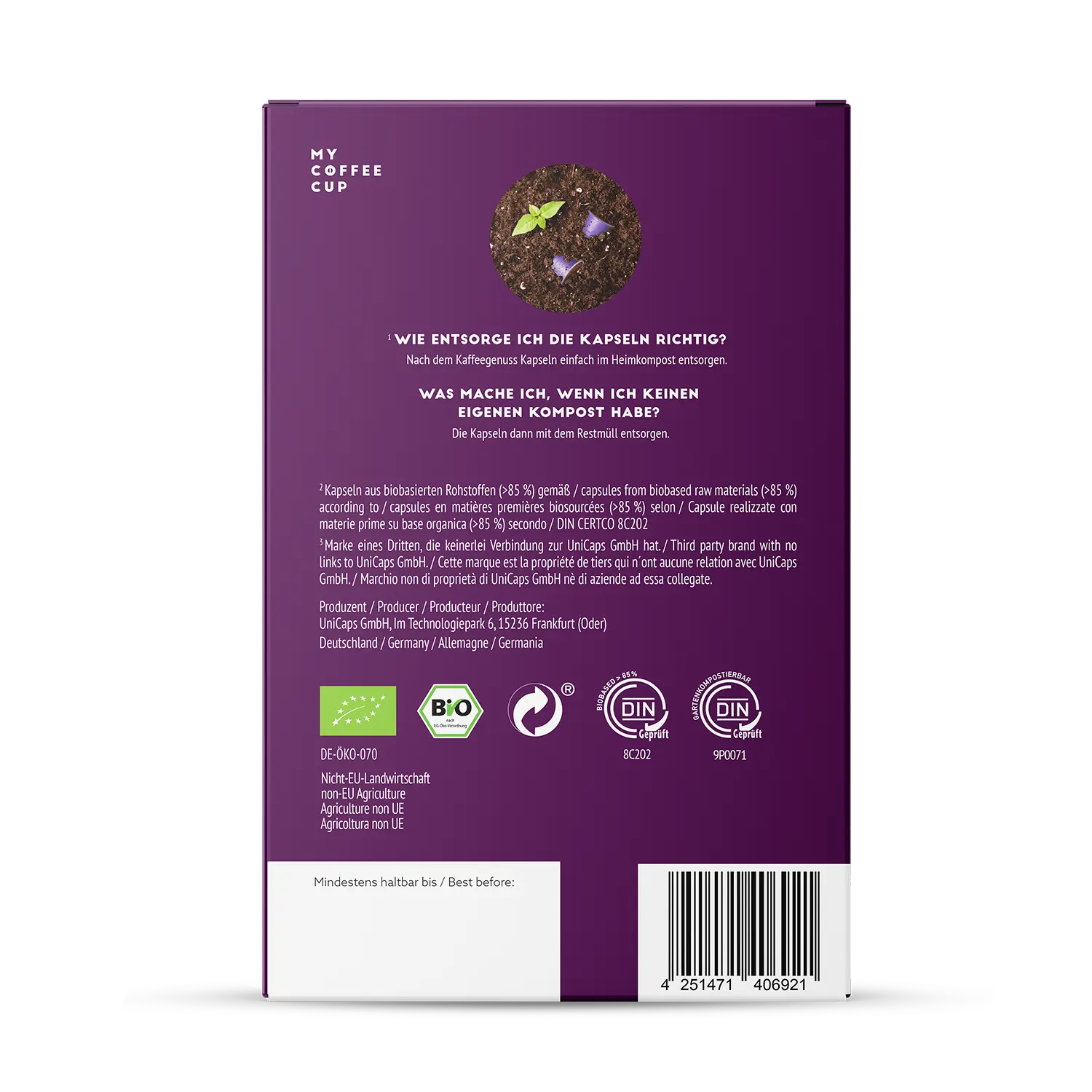
Blend
mixture
- Arabica and Robusta beans
- create a harmonious connection
- guarantee consistent taste
Single Origin - The only good coffee ?
The English term "Single Origin" refers to the origin of the coffee. A coffee can only be called that if the beans come from a single growing region and have not been mixed. This trend has become increasingly popular among coffee lovers, as we want more individuality and exclusivity in times of mass industry. This includes our coffee.
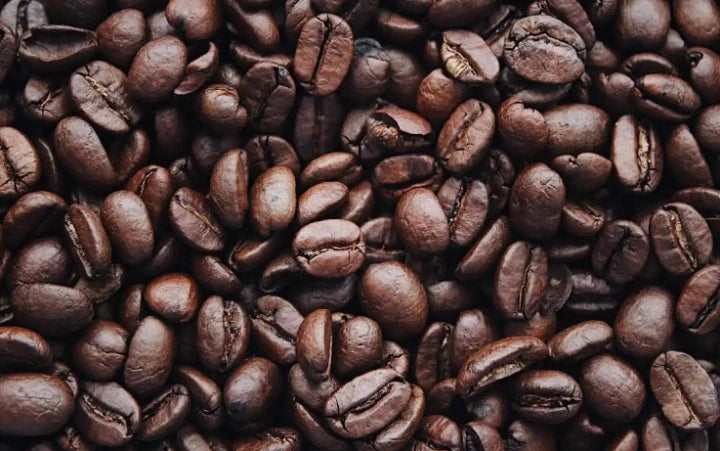
The Single Origin is also impressive due to its high quality standards. Since the beans are not mixed, they have to be of high quality in order to leave a good taste impression. They come from cool highland regions where the coffee can develop its aroma more slowly and therefore more intensely.
Further selection takes place during the harvest: only the ripest coffee cherries are picked by hand from the bushes (also called "picking"). Unlike "stripping" (where the entire bush is stripped), it can be guaranteed that no unripe cherries get into the coffee and distort the taste.
Another difference to blends lies in the roasting process: In order to preserve all the flavor facets typical of the origin, a particularly light roast is chosen. This means that the single origins reflect the country they come from in an unmistakable way. Even nuances of surrounding plants are transferred to the coffee bean and give it aromas that know no bounds, from floral and fruity to nutty and chocolatey.
Then why there is blends ?
Single origin coffees have one major disadvantage. Due to annual fluctuations in sunlight and rainfall, the aroma is slightly different every year. Just as we know from wine, the same applies to coffee beans.
In blended mixtures, these fluctuations can be balanced out by adjusting the mixing ratios. If the harvest in one region is not satisfactory, a better area is simply chosen for that year.
But the main reason why we love blends is different: through a skilfully balanced mixture, they combine the advantages of different varieties and mask weaknesses in taste. This creates a particularly harmonious and complex coffee.
Blend also means inferior quality ?
The big coffee producers like to use the advantage of blends to mix in lower quality coffee beans and thus reduce costs. This has damaged the image of blends, but this should not be generalized. Apart from a few black sheep, blends are in no way inferior to single origins in terms of quality. There are many first-class blends that have been created by professional sommeliers and roasting masters. And not for cost reasons.
Our bestseller is a blend mixture.
Conclusion: Single Origin or Blend ?
Both types, single origin and blend, have their appeal and can score points in different ways. Whether you prefer single origin or blend depends entirely on your personal taste - and how willing you are to experiment.
If you like to try something new and are looking for unusual flavor nuances in your coffee, you should go for a single origin the next time you buy coffee. If you would rather enjoy the usual well-rounded and harmonious coffee compositions, stick to blends.
If you can’t decide, try our MyCoffeeCup Grand Selection. It combines our excellent compositions with the best single origins.


